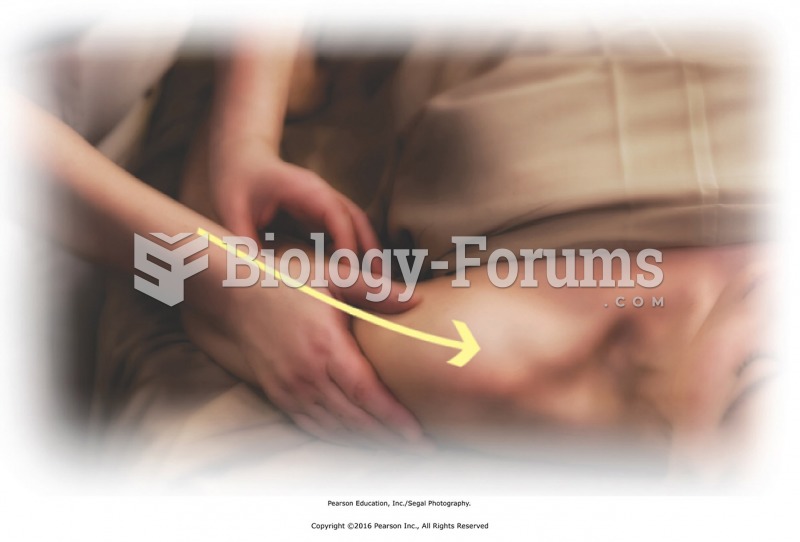Answer to Question 1
The child saving movement culminated in the passage of the Illinois Juvenile Court Act of 1899, which established the nation's first independent juvenile court.
Interpretations of its intentions differ, but unquestionably the Illinois Juvenile Court Act established juvenile delinquency as a legal concept. For the first time, the distinction was made between children who were neglected and those who were delinquent.
Delinquent children were those under the age of 16 who violated the law. Most important, the act established a court and a probation program specifically for children.
In addition, the legislation allowed children to be committed to institutions and reform programs under the control of the state.
The key provisions of the act were these:
A separate court was established for delinquent and neglected children.
Special procedures were developed to govern the adjudication of juvenile matters.
Children were to be separated from adults in courts and in institutional programs.
Probation programs were to be developed to assist the court in making decisions in the best interests of the state and the child.
Answer to Question 2
The origin of this school of thought is generally credited to Lombroso.
o Lombroso found that delinquents manifest physical anomalies that make them biologically and physiologically similar to our primitive ancestorscriminal atavism.
Criminal atavism refers to the idea that delinquents manifest physical anomalies that make them biologically and physiologically similar to our primitive ancestors, throwbacks to an earlier stage of human evolution.
Contemporaries of Lombroso refined the notion of a physical basis of crime.
o Garofalo shared Lombroso's belief that certain physical characteristics indicate a criminal or delinquent nature and Ferri, a student of Lombroso's, believed that a number of biological, social, and organic factors caused delinquency and crime.
These early views portrayed delinquent behavior as a function of a single factor or trait, such as body build or defective intelligence.
They had a significant impact on early American criminology, which relied heavily on developing a science of criminal anthropology..
Eventually, these views evoked criticism for their unsound methodology and lack of proper scientific controls.
o Methodological flaws made it impossible to determine whether biological traits produce delinquency.
By the mid-twentieth century, biological theories had fallen out of favor as an explanation of delinquency.
o During this period, the majority of delinquency research focused on social factors, such as poverty and family life.
Today trait theory is now an accepted element of the study of delinquency as the reality that humans are biological creatures who vary in biological traits is becoming too obvious to ignore.
o Trait theorists now focus attention on the biological and psychological conditions that promote antisocial behavior, arguing that no two people (with rare exceptions, such as identical twins) are alike, and therefore each will react to environmental stimuli in a distinct way.








